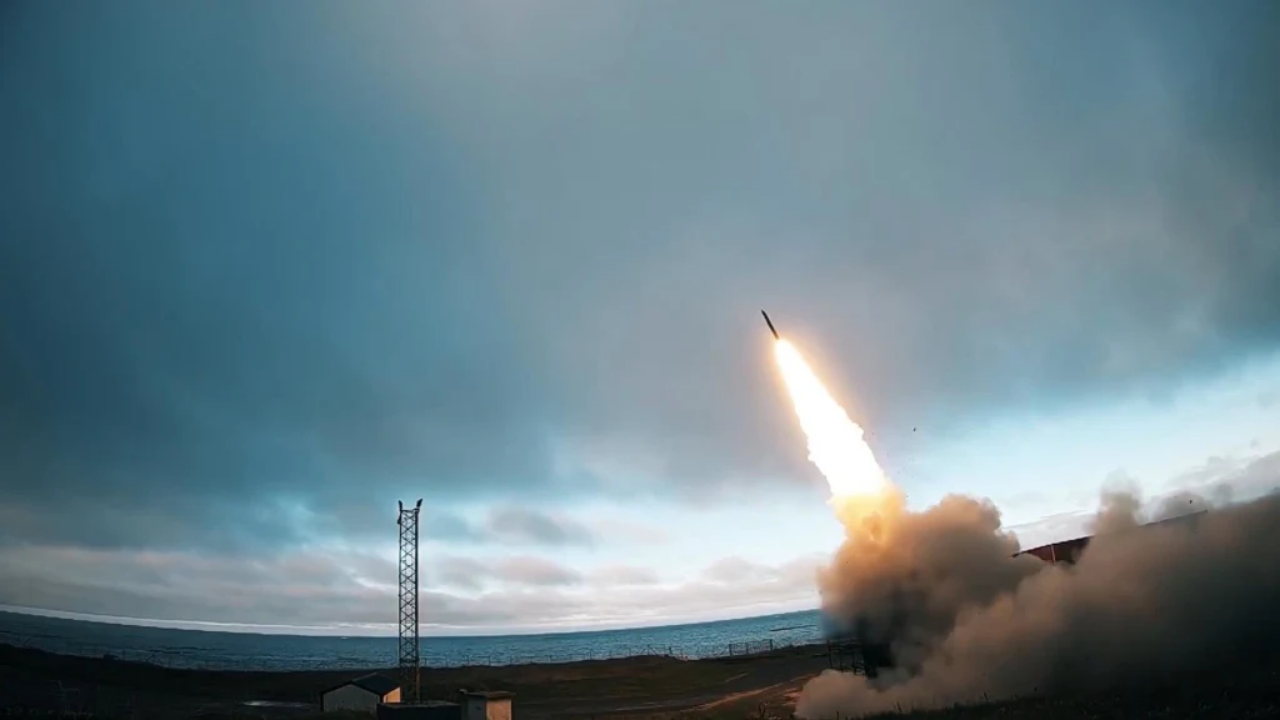

A relatively new precision bomb is on its way to Ukraine for use on the battlefield. It would be the first time the munition is used in combat, and it will be used before the American military gets any of its own, despite testing it early in development.
That’s according to a report from Politico which said that the Ground-Launched Small Diameter Bombs started being sent to Ukraine this past week. The story cites four sources, who said the munitions would quickly be fielded onto the battlefield against Russia.
The United States announced plans to send the munition to Ukraine last year. Delivery was pushed back several times, according to Reuters. However Pentagon spokesman Maj. Gen. Pat Ryder declined to comment on Politico’s reporting this past week, saying it was up to Ukraine to announce any delivery of such a weapon. How many are on their way or already in Ukraine has not been disclosed, nor how many more would follow.
The bombs, developed by Boeing and Saab, are a modified version of the air-launched munition currently in use by the American military. Originally created in 2019, the United States did not buy it, only agreeing once the companies agreed to send some to Ukraine. However Politico notes that the U.S. Army was involved in testing the new munition. This newer version allows it to be fired from a variety of ground-based missile systems, including the M142 High Mobility Artillery Rocket System or HIMARS, which Ukraine has used to devastating effect on the battlefield. With a range of just over 90 miles, the new munitions would expand Ukraine’s ability to hit farther into Russian lines, and at a cost per munition less than the Storm Shadow or Army Tactical Missile Systems.
Although the munition is not as powerful as some of the other Western-supplied bombs and missiles (such as ones that utilize cluster munitions), a selling point according to Saab is the accuracy it offers. The company claims that the munition is accurate to one meter, and can hit targets in a 360-degree range, even those behind the launcher. It also claims a navigation system resistant to jamming. Saab has an animated video detailing how it would work in the field, but so far the GLSDB hasn’t actually been used in combat. And it won’t until it gets to Ukraine.
Subscribe to Task & Purpose Today. Get the latest military news and culture in your inbox daily.
Although Western nations are not directly participating in the fighting in Ukraine, many militaries are watching the developments in the war closely, particularly how modern technology and weapons are used. As much as the war has descended into anachronistic fighting reminiscent of the trench warfare of World War I, it also features several truly 21st Century tactics. The use of drone swarms, jamming and anti-radar tools are being studied to see how other armies can learn from these fights.
And this is where things get weird. As Motherboard noted, Russia already claims to have shot down a GLSDB, in 2023. The state-run TASS news service quoted a Ministry of Defense spokesman in March 2023 who said that Russian defenses had shot one down along with more than a dozen rockets. Unless Russians were facing time traveling munitions, it appears to be a false claim.
How much of a game changer the new munition will be for Ukraine is unclear. Right now, with American military aid in limbo due to Congressional infighting, Ukraine’s armed forces have been dealing with a dwindling amount of ammunition for its artillery. That’s impacted their ability to match the Russians in a war largely dominated by intense barrages of artillery. The longer range of the GLSDB might help but it won’t make up for an ammunition shortage.
The latest on Task & Purpose
- The Army asked soldiers to turn in excess gear. It got back 37,000 items
- Medal of Honor recipient Clint Romesha unpacks life as a tanker
- Navy SEALs who disappeared during mission off Somalia identified
- Ukrainian Bradley only had a two-person crew when it wrecked a T-90
- China is expanding its marine corps, but how capable is it?